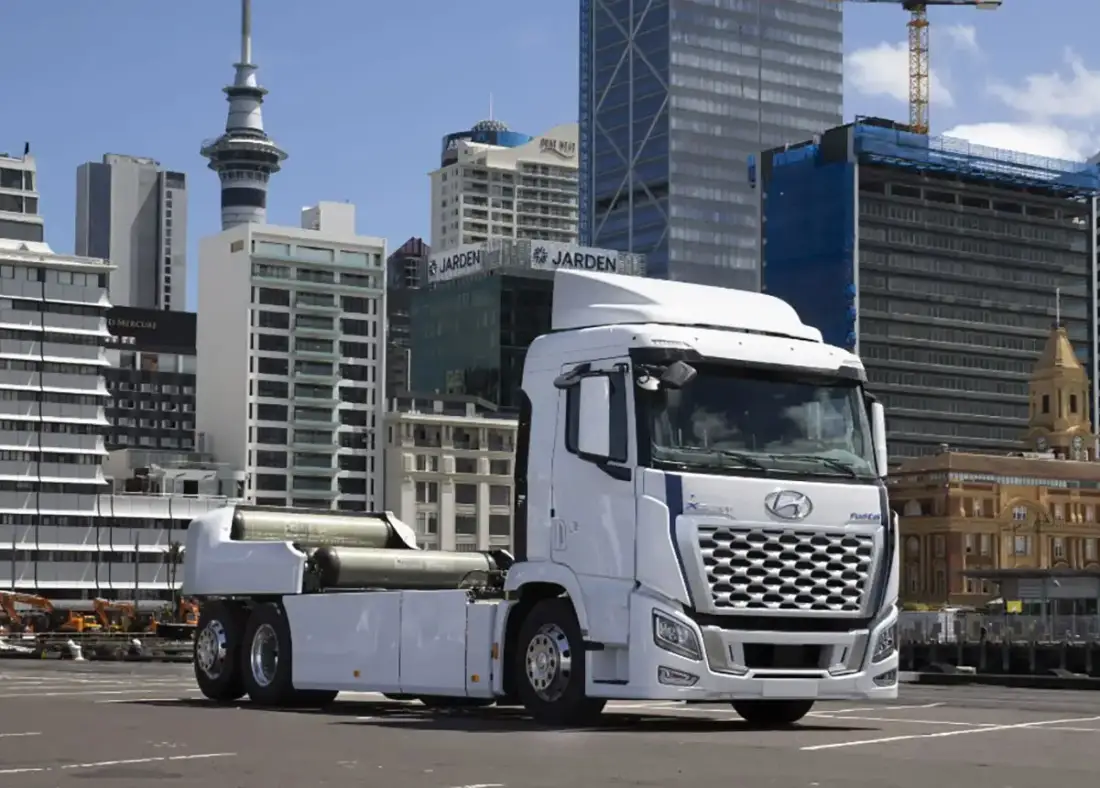Your journey to energy efficiency starts here
Discover free tailored tools and resources to help businesses using heavy freight vehicles save money and be more energy efficient.
Leading the electric truck revolution
Electric trucks have significantly reduced Reliance’s carbon footprint, as well as offering substantial operational savings, and positioning the company as a leader in electric trucking.
This case study looks at the business feasibility and emissions reductions potential of using electric trucks for point-to-point transportation within Auckland.
The impact of heavy freight
- Fuel is one of the largest ongoing costs for a fleet, with fuel costs accounting for more than a quarter of a business’s costs. Becoming more efficient is vital.
- Measuring and managing fuel data, improving driving skills, and regular maintenance programmes can generate cost savings for fleet operators.
- Transport emissions account for around 17% of New Zealand’s total emissions, and heavy vehicles emit almost a quarter of our total transport emissions. Most heavy vehicles are run on fossil fuels.
- Heavy freight vehicles are essential to transport goods around the country and transport 93% of New Zealand’s total freight by weight.
- This pathway focuses on reducing energy-related emissions from heavy freight, helping to reduce costs, reduce fossil fuel use and improve efficiency.
Tool and resources
These dedicated tools and resources have been designed by industry experts especially for the heavy freight sector.
This pathway will identify, measure, optimise and reduce fuel and energy demand in your fleet. Work your way through them at your own pace, put the lessons into practice, and start seeing results.
3 steps to reduce your carbon footprint
The Heavy Freight Sector Pathway starts with energy efficiency. The end goal is to move away from fossil fuels, but by first taking steps to improve existing processes, equipment and operations, your transition will be more efficient and more cost effective.

Step 1: Measure emissions and set targets
The most important step in fuel management and conservation is measuring and accounting for energy consumption.
Step 2: Improve routes, driver training and maintenance
Reviewing and adjusting the way your fleet is performing can be a big win for energy reduction, cost reduction, and increased productivity.
Step 3: Consider alternative vehicles
Before switching fuels for your fleet, look at the economics of different types of vehicles, how you can reduce energy demand and what funding is available to your business.
Case studies and insights
-
Charging forward: trialling battery electric trucks in your fleet
Information for businesses considering investing in zero-emissions heavy vehicles.
- Co-funding
- Electric vehicles
- Decarbonisation
-
Plugging into the future: How New Zealand is electrifying its roads
An overview of public EV charging infrastructure in New Zealand.
- Electric vehicles
- EV charging
-
Hydrogen haulers: how heavy transport is lowering its emissions
Two New Zealand companies are trialling different hydrogen technologies in an effort to lower transport emissions.
- Case study
- Hydrogen
- Co-funding
Wayfinder
-
Stay up to date as we release new resources
-
Find other support opportunities
-
Browse sector pathways



